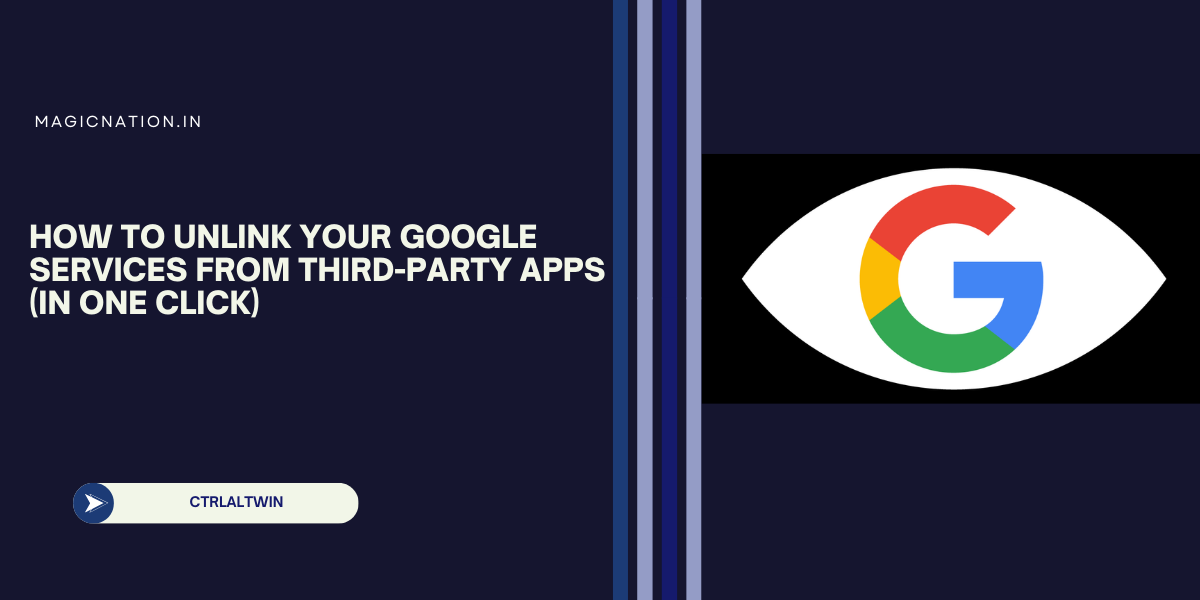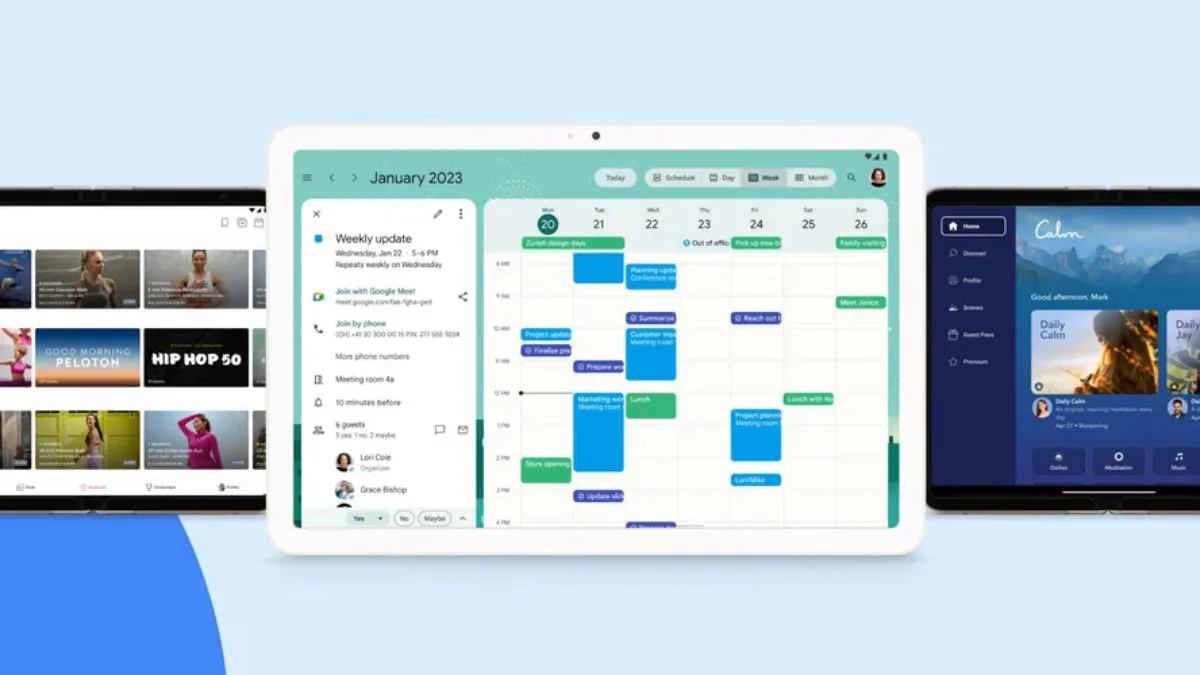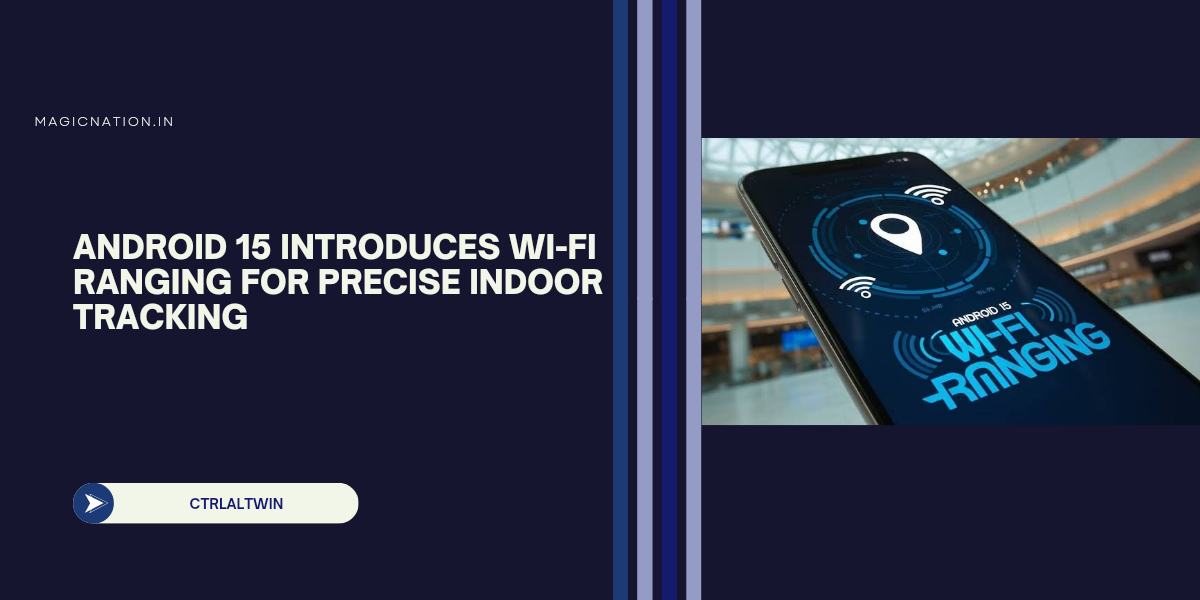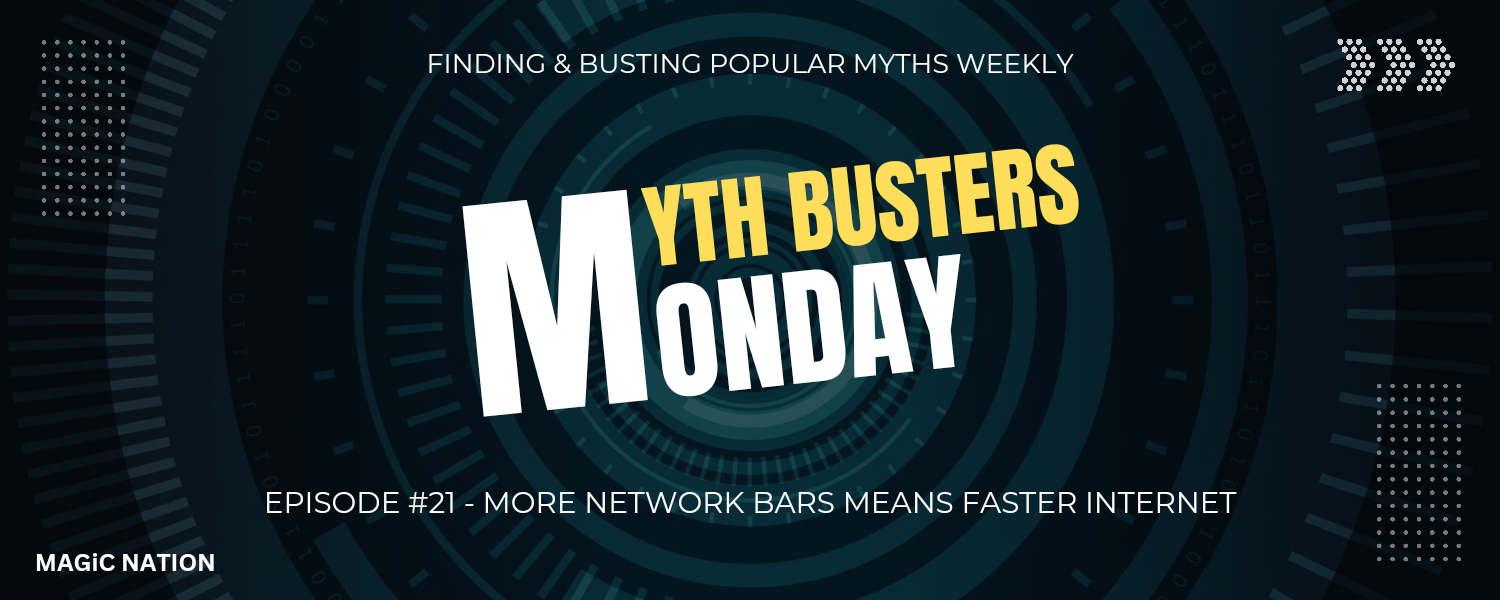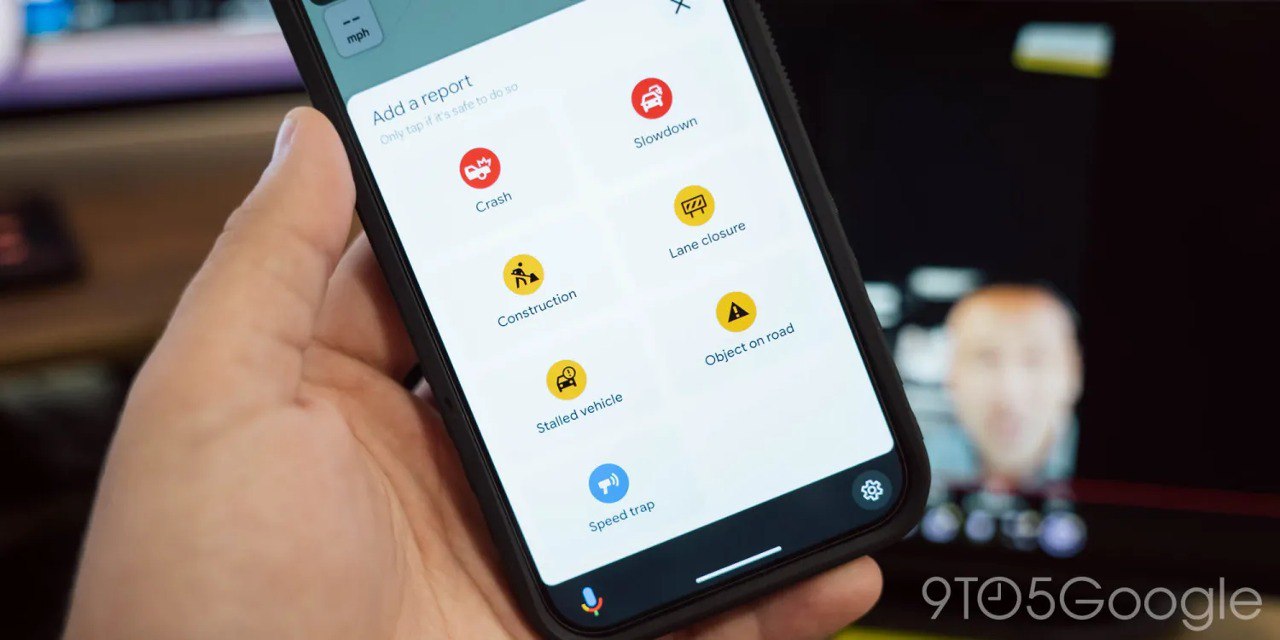
Previously, Google Lens was limited to capturing still images for tasks like translation, image search, and even solving mathematical problems. While these tools were helpful in static situations, they lacked flexibility in recognizing moving objects or providing detailed information about dynamic environments.A Leap Beyond Images: Video Recording in Google Lens
With the introduction of video recording, Google Lens now allows users to record short, 20-second videos, which can include verbal prompts. This feature significantly expands Lens’ capabilities, allowing users to ask more complex questions about the objects or scenes in motion. For instance, a user can record a moving animal or a car and ask specific questions about it, something that was not possible with just an image.

Using the feature is intuitive. In the Google Lens app, simply press and hold the capture button to start recording a video. While recording, users can add a verbal prompt, asking about the video content. Once the recording is complete, the Gemini AI model analyzes both the video and the spoken prompt, generating a search result powered by Google’s AI Overviews. This AI-driven response typically appears within a few seconds, providing detailed information about the objects or scenes recorded.How It Works
During tests, the AI was able to accurately identify various moving objects, describe their features such as color and shape, and even recognize materials. This makes the feature highly versatile for situations where more detailed information is needed beyond what a single image can provide.
The feature is deeply integrated with AI Overviews, a system designed to enhance search capabilities using machine learning and computer vision. However, users should note that video search may not be available in regions where Google’s AI-powered search experience is not yet supported.Integrated with AI Overviews
This video recording feature is gradually rolling out to all Google Lens users in regions where AI Overviews is active. As this technology becomes more widespread, it’s expected to change the way users interact with their environment, offering more dynamic and insightful searches.Rolling Out Now
The addition of video recording marks a transformative step for Google Lens. No longer confined to static images, users can now engage with the world in a richer, more interactive way, thanks to AI advancements. Whether you’re identifying moving objects, exploring new places, or diving deeper into material analysis, this new tool opens up a wealth of possibilities for real-time discovery.Conclusion




